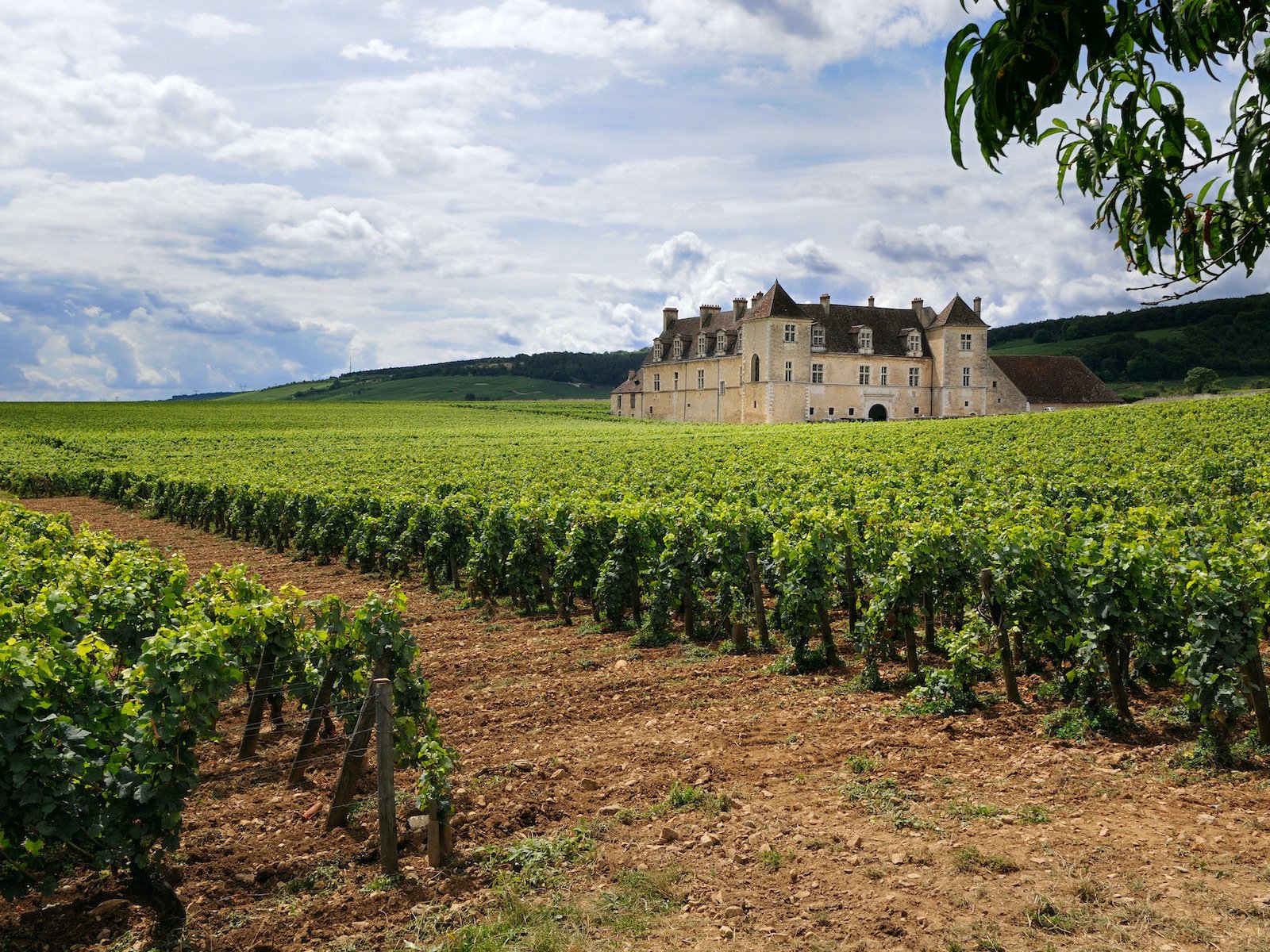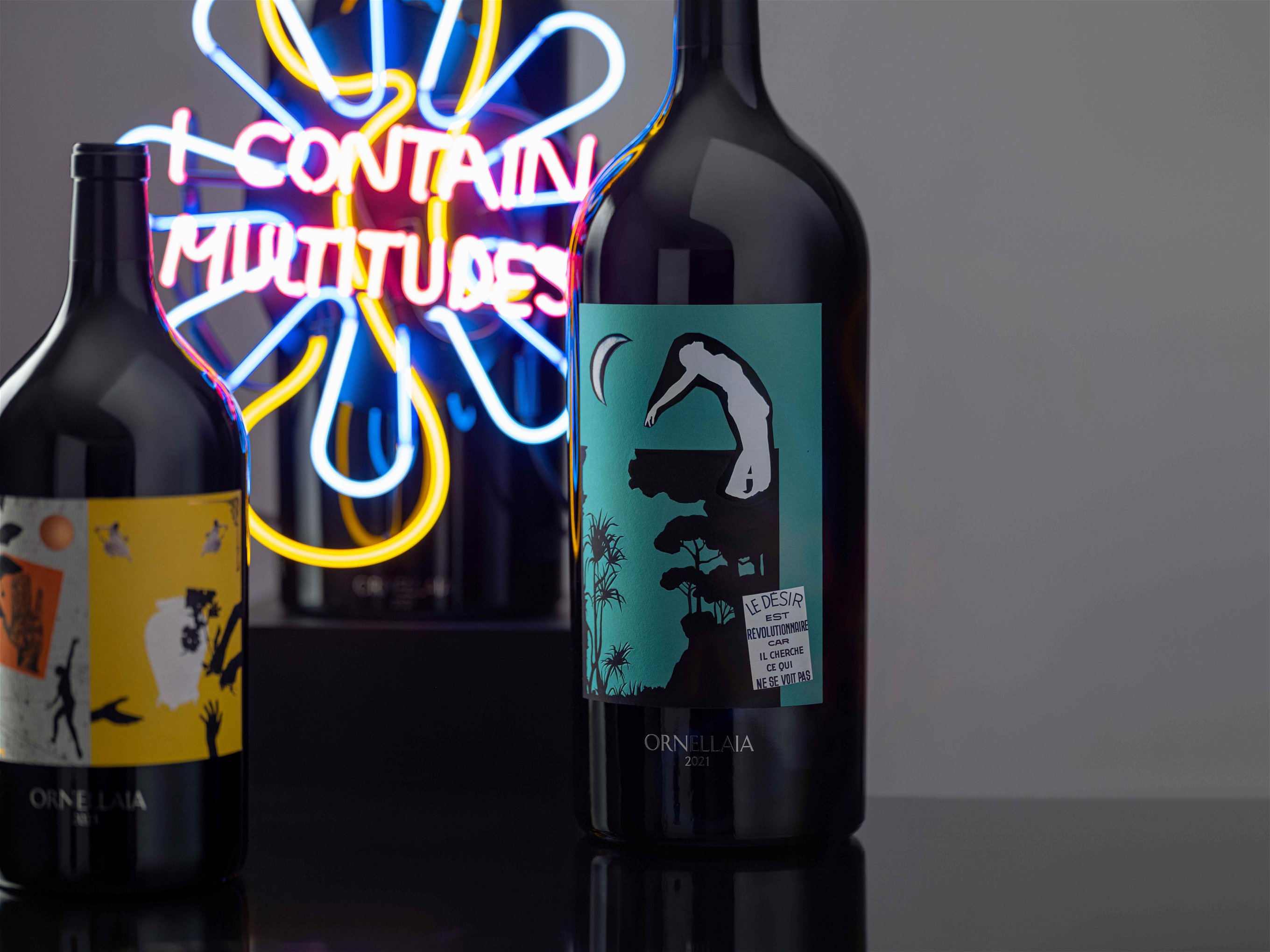Love Pinot Noir? Five Other Styles to Discover
It may be difficult for Pinot Noir devotees to consider any alternative, but here are five other varieties that capture elements of this seductive greatness.
1. Gamay
A genetic offspring of Pinot Noir, Gamay has always been somewhat overshadowed by its celebrated parent. Indeed, in the 14th century Gamay was forcibly removed from the Côte d’Or, but made a very successful home on the granite soils of nearby Beaujolais. Sharing Pinot Noir’s pale colour and light tannins, Gamay became inextricably linked with light, quaffable Beaujolais Nouveau, but in the right hands is capable of so much more.
Look to the crus at the northern end of Beaujolais for abundant evidence of this grape’s ability to make serious, age-worthy, deliciously gastronomic and good value styles that, especially as they mature, can taste deceptively like Pinot Noir. Domaine Jean Marc Burgaud in Morgon and Clos de la Roilette in Fleurie both demonstrate the greatness of Gamay, supported by a small, disparate band of international examples, including Te Mata in Hawkes Bay, New Zealand.
2. Grenache
Pinot Noir famously thrives in cooler climates: think Burgundy, Oregon and New Zealand. Anyone seeking that pale, silky, invitingly aromatic character from hot Mediterranean climes could do a lot worse than turn their attention to Grenache. Yes, there’s likely to be a whiff of garrigue that you wouldn’t expect from Burgundy, but Grenache – or Garnacha as it’s known in Spain – shares Pinot’s ability to combine charm with seriousness.
Unlike Pinot Noir, Grenache often works its magic in a blend. Perhaps that’s one reason why it remains relatively low key despite such a prolific presence across southern France and north-eastern Spain. Château Rayas of Châteauneuf-du-Pape is among the most famous examples of Grenache’s greatness, but the variety is increasingly being allowed to shine further afield too. Look out for the dancing perfume of Yangarra in Australia’s McLaren Vale or South Africa’s Swartland stars, David & Nadia.
3. St. Laurent
Thought to be another offspring of Pinot Noir, after it was brought to Austria from Burgundy by Cistercian monks in the 12th century, St. Laurent certainly shares its velvety charms. Like Pinot, St. Laurent keeps winemakers on their toes with a sensitive personality and frustrating susceptibility to rot. For those producers prepared to lavish attentive care however, St. Laurent can really bloom, making this relatively rare variety well worth seeking out on a wine list.
St. Laurent thrives on the poor limestone soils of Austria’s Thermenregion but good examples can also be found in the nearby Burgenland. In warmer years this variety can take on the black fruit and pepper reminiscent of Syrah, but cooler years lend St. Laurent a distinctly Pinot-like elegance, with smooth tannins, enticing fragrance and reliably moderate alcohol levels. Johanneshof Reinisch in Thermenregion is a particular St. Laurent specialist, with Pittnauer making prime examples in Burgenland.
4. Nebbiolo
That delicate colour and haunting fragrance of good Nebbiolo is a siren call for Pinot Noir fans. Add in the highly nuanced complexities of single vineyard expressions from the patchwork of Piedmont’s Barolo or Barbaresco and you have the perfect recipe to captivate a hardened Côte d’Or disciple.
The combination of firm tannins and plenty of acidity can make Nebbiolo more challenging to approach than silky Pinot Noir, especially in its youth. But lock those more austere styles away in the cellar for a while and find them transformed into a seductively autumnal mix of sour cherry fruit, leather and forest floor. As with great Pinot, mature Nebbiolo is a wine to contemplate quietly on a long winter evening. Names such as Gaja and GD Vajra are reliable guides, but Australian Luke Lambert is catching attention for his captivating Yarra Valley expression of Nebbiolo.
5. Poulsard
Sandwiched between Burgundy and Switzerland in the foothills of the Alps lies the Jura region. Perhaps best known for its delicious Comté cheese, the Jura is also home to a handful of local varieties that have been exciting sommeliers and adventurous wine lovers in recent years. Among these is the enchantingly perfumed, pale, delicate Poulsard, also known as Ploussard.
Like Pinot, this is a sensitive variety that requires careful management to avoid its natural lightness turning into tart leanness. Handled correctly though, Poulsard delivers invigorating refreshment and personality, characterised by fine tannins, savoury herbs, mouth-watering acidity and sour cherry fruit. Jean-Louis Tissot is known for his distinctive examples, while fans of top Burgundy estate Marquis d’Angerville should seek out the Poulsard from their exciting Jura venture, Domaine du Pélican.














